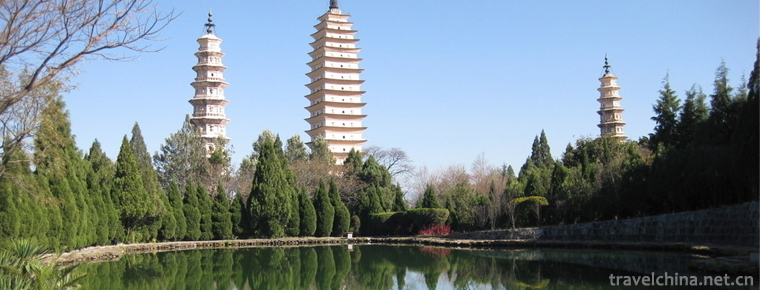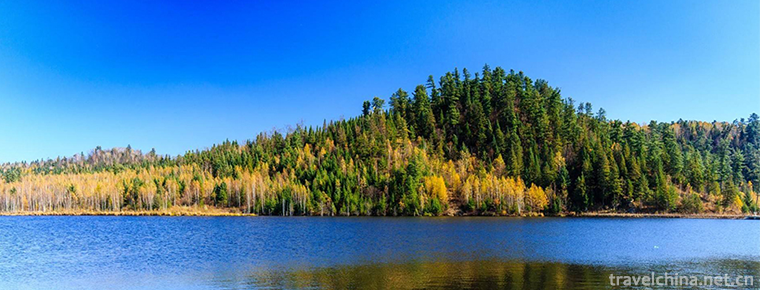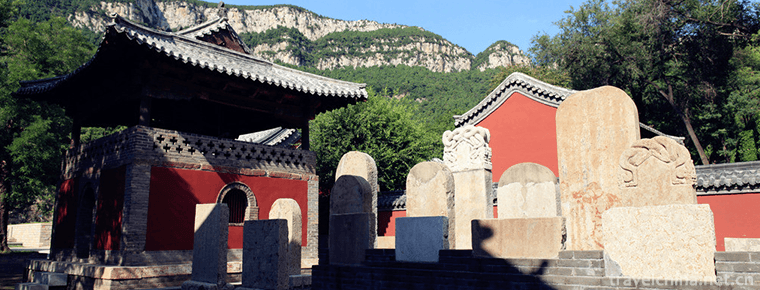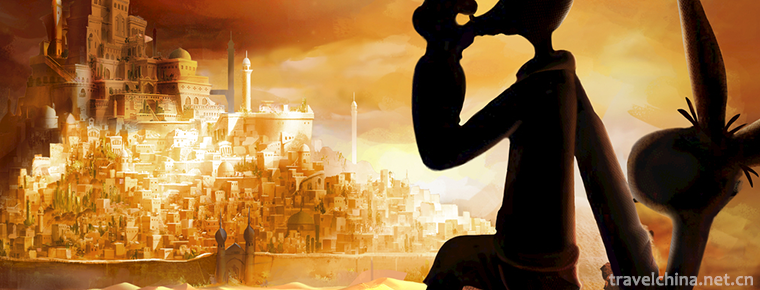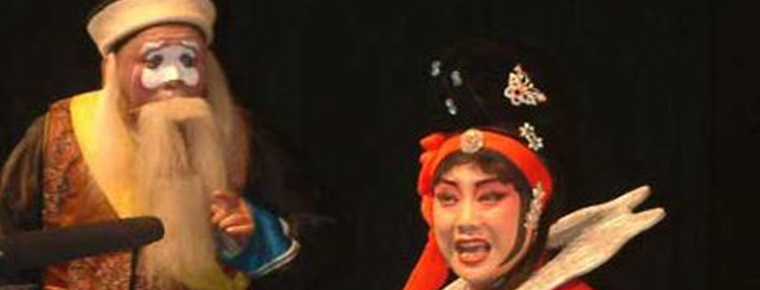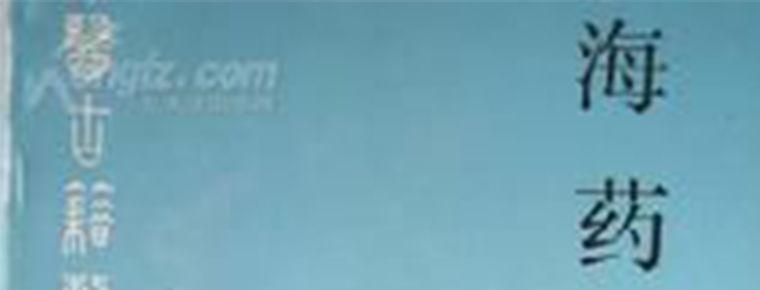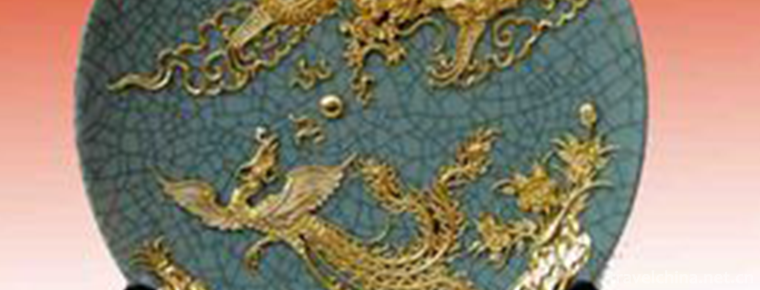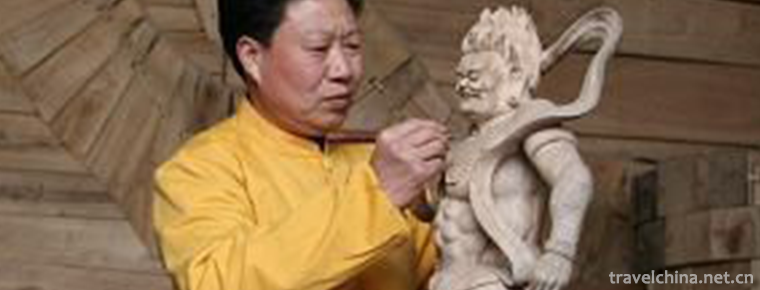Guangyuan history and culture
Guangyuan history and culture
Special festival
Daughter's Day
"Guangyuan daughter's day, women swim in the river bay", this is a kind of folk cultural activities, this is the chapter described by Guangyuan daughter's day. On the first daughter's day in 1988, the water area of Jialing River in front of huangze temple was the "Lizhou river pool" where Wu Zetian was born after feeling the Dragon pregnancy. Guangyuan daughter's day stands out among many cultural festivals and is soon known to the world.
Jianmen Poetry Festival
Guangyuan is the core area of the ancient Shu Road. The Guangyuan section of Jinniu Road has been selected into the preliminary list of China's world cultural heritage. With the approval of the Sichuan provincial government, the Guangyuan municipal Party committee and the municipal government, together with the Chinese poetry society, the Chinese writers' magazine and the Sichuan writers' Association, jointly held the "Jianmen Poetry Festival", which is held once every two years. In September 2015, the first China Jianmen poetry festival was a success.
Cultural sites
Paleontological sites and sites of early human activities
There are dinosaur fossil sites in Wangcang. The early human activity sites mainly include the nanzizhen microlithic site in Chaotian District, the Neolithic site in Zhangjiapo, Guangyuan, and the xiaomiaoshan settlement site in CaiJiaHe, Jiange.
Ancient Shu Ju culture
In 368 B.C., Dushang, king of Shu, sent a large army to destroy Xiyi and pinger states. Du Shang, the king of Shu, granted his younger brother Du Jiameng as the vassal state of the central Han Dynasty (the capital of the state was located in Shipan village, Zhaohua District, and governed the territory of Xiyi and pingtuer States), and declared the establishment of the state of Ju.
Three Kingdoms culture
Guangyuan is a fortress to Sichuan and an important town of the Three Kingdoms. Zhang Fei's battle against Ma Chao and Zhuge Liang's design to kill Zhang Ying took place here. It was also the necessary channel for Zhuge Liang to cut Wei for six times. There are more than 140 relics of the Three Kingdoms: Jiang Weicheng, Zhonghui fortress, guansuocheng, Jiangwei tomb, Jiangwei temple, Fei Yi tomb, Deng AI father and son tomb, Bao Sanniang tomb, Cuiyun corridor, Guanyu temple, Wuhou Temple, Qibi post, Mingyue gorge, victory dam, Jiameng pass, Tianxiong pass, baishuiguan, shimenguan, beixiong pass, Motianling, Kongming stele, etc.
Grotto art
Guangyuan has the earliest excavation history, the longest duration, and the largest scale in Sichuan. It is of great significance to study the transmission route of Sichuan grottoes and explore the evolution of grotto art in Sichuan. Among them, the most representative and tourist value are: from the time of excavation to the Northern Wei Dynasty, the first batch of cliff statues of huangze temple, a cultural relic protection unit in China. From the Northern Wei Dynasty to the Qing Dynasty, there are more than 10000 statues, and there are more than 7000 statues. They are known as the first batch of national cultural relics protection units of the National Museum of grottoes art. Carved in the Tang Tianbao period, there are more than 40 caves and more than 400 statues, including those carved by the granddaughter of Emperor Xuanzong and the daughter of suzong, Princess Yonghe. It is a provincial-level cultural relic protection unit of Guanyinyan, which reflects the "Anshi rebellion" of Tang Ming emperor avoiding chaos in Sichuan and Tang Xizong's escape from Sichuan and Huangchao uprising.
Empress culture
The empress culture is centered on Commemorating Empress Wu Zetian, the female emperor of Zhou and Tang Dynasties. It continues the custom of "women visiting the river bay on the 23rd day of the first month" for nearly a thousand years, forming a unique cultural landscape with local women's characteristics. The three main halls of huangze temple, Wushi family temple and balcony waterside pavilions have been restored.
Literature and art
Guangyuan compiled a series of tourism books, such as the Three Kingdoms and Guangyuan, the red Guangyuan, the Three Kingdoms and Zhaohua, Jiameng spring and Autumn period, huangze temple, Qianfo cliff, Guangyuan Mingyue gorge, Guangyuan grottoes, Banshan Shizhi and other tourism books, as well as the Empress Wu Zetian and the young Wu Zetian. In terms of art, he organized the rehearsal of a large-scale musical dance drama "Legend of the empress", and shot a TV series "crossing the Jialing River" reflecting the history of the revolutionary struggle of the Red Army.
Famous specialty
famous scenery
By the end of 2017, there were 1 AAAAA scenic spot, 19 AAAA scenic spot, 12 AAA scenic spot and 8 AA scenic spot in Guangyuan City.

Guangyuan history and culture
-
The Chongsheng Temple And The ThreePagoda
The Three Pagodas of Chongsheng Temple are situated 1.5 kilometers northwest of Dali ancient city
Views: 194 Time 2018-10-17 -
SiMian Mountain Scenic Area
The Simian Mountain is located in the remnants of the northern slope of Dalou Mountain in Yunnan-Guizhou Plateau, which is an inverted mountain in geology. Located in the south of Jiangjin District of
Views: 220 Time 2018-12-12 -
Wuying National Forest Park
Wuying National Forest Park is located in Wuying District, Yichun City, Heilongjiang Province, about 19 kilometers away from the urban area. It is a concentrated protected area of Korean pine in China
Views: 305 Time 2018-12-22 -
Lingyan Temple in Jinan
Lingyan Temple, built in the Eastern Jin Dynasty, has a history of more than 1600 years. Located in the north foot of Mount Tai in the southwest of Jinan City, Shandong Province
Views: 271 Time 2019-02-03 -
Avanti
Avanti, also translated by the Albanian side, (Uygur "Mr." means, Arabic: Juha or Nazar Ding), is a person active in Islamic nationalities from Morocco in the west to Xinjiang in China.
Views: 177 Time 2019-03-28 -
Exhibit of lanterns
The Lantern Festival is an ancient folk culture in China. It generally refers to the large-scale lighting exhibition held by the government around the Spring Festival and the Lantern Festival
Views: 180 Time 2019-04-26 -
Two strands
Erguxian is an ancient traditional opera, which was formed in Song Dynasty and has a history of more than 500 years. The two-strand string is evolved from folk minor,
Views: 298 Time 2019-04-28 -
Hui Nationality Medicine
Hui medicine is the product of the combination of Chinese traditional medicine and Arab-Islamic medicine. Arabs began to develop science and culture when other European countries had not yet separated
Views: 329 Time 2019-05-04 -
Xiamen lacquer line carving skills
Xiamen lacquer line carving technique is to use old brick powder, large paint and cooked tung oil as raw materials to mix, repeatedly beat into soft and resilient clay (commonly known as "lacquer
Views: 102 Time 2019-06-12 -
Skills of Dry Lacquer and Ramie in Tiantai Mountains
As early as the Eastern Jin Dynasty, dry lacquer and ramie had been used in Tiantai folk. Through the continuous efforts of the substitute craftsmen, their skills gradually matured. In the mid-Tang Dy
Views: 217 Time 2019-06-21 -
Legend of Yongding River
Yongding River legend is one of the local folklores in Beijing. Among many legends, the legend of river blocking is representative; the legend of Shijing Mountain and Shijing Mountain; the legend of b
Views: 133 Time 2019-07-14 -
Geomorphological characteristics of Mianyang
The terrain is high in the north and low in the south, and the height difference is large. The northwest of Mianyang City is located in the eastern edge of the Qinghai Tibet Plateau, with high terrain and overlapping peaks. The southwest part belongs
Views: 129 Time 2020-12-14
